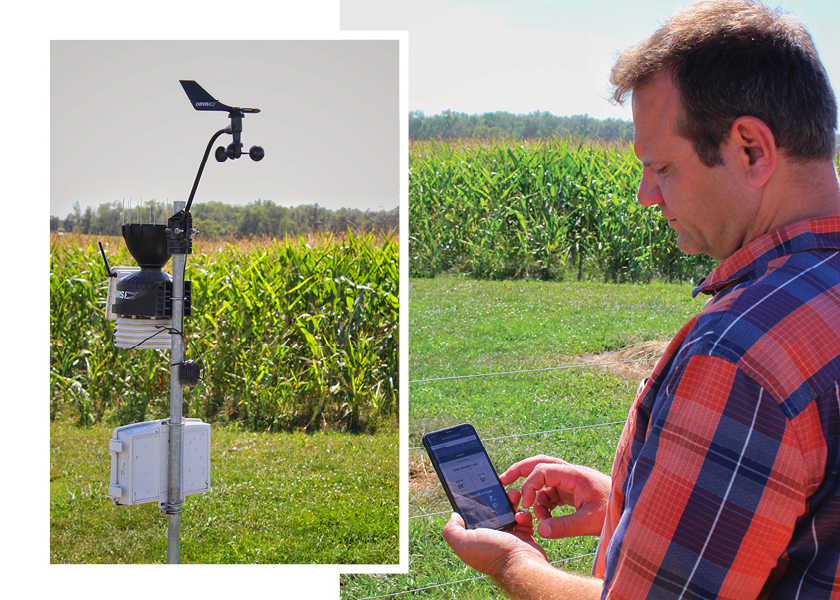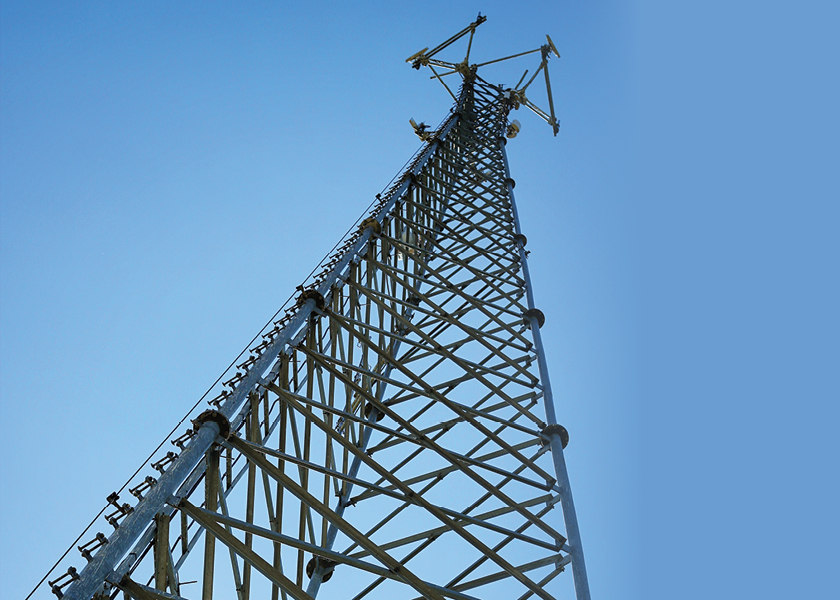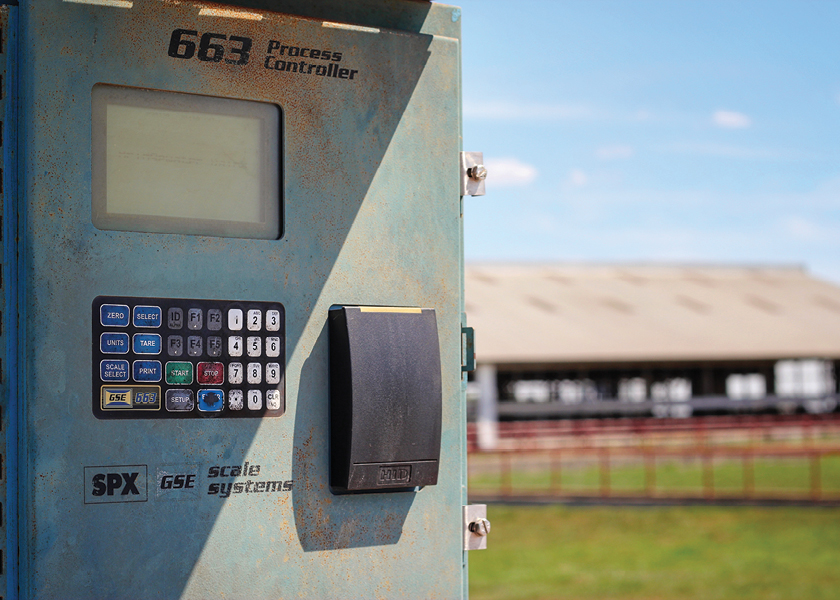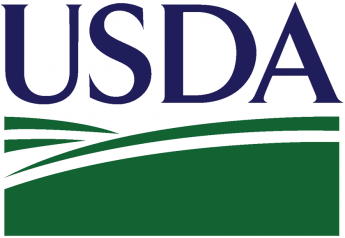Dairy Operation Takes A Pragmatic Tech Approach

Ohio dairy operation cashes in on high-speed Wi-Fi, telematics, weather stations, cameras and drones
Despite extensive use of technology around his farm, Chris Weaver does not consider himself an early adopter.
“A new technology comes out and some people will jump right into it. I’ll probably wait six months,” he says.
While Weaver might not be the first in line to try new technology, he has always been drawn to computers. When Weaver and his dad started their home farm in 1998, he saw a need to make management of the dairy more efficient, especially because the farm focuses on fluid and powdered milk markets.
“We want people to be proud, not only of the quality of our milk, but of how we care for our animals, our employees and the environment,” Weaver says.
They turned to technology to make that happen. Today, Bridgewater Dairy in Montpelier, Ohio, uses a host of technology and software to keep its 80 employees and 4,500 cows in tune. The team markets 26,000 gal. of milk daily to bottlers and supermarket chains in the Midwest and Southeast. All of the forage and much of the corn consumed by the dairy’s cows are grown on the family’s 5,000 acres.

Digital Transformation
Weaver’s first steps to digitize the family’s dairy operation were born out of frustration.
“I started by using spreadsheets to track everything, and it was just frustrating managing them nonstop,” Weaver explains. “The big change came with feed management software and having a computer that could remotely communicate with a tractor.”
Bridgewater Dairy’s digital transformation wouldn’t be possible without basic, yet reliable, internet connectivity, which is a great place to start, says Brent Raeth, managing partner of CatchMark Technologies.
“For all of your systems to work as they’re supposed to, it’s crucial to have a properly networked internet connection,” he says.
Weaver hired CatchMark to evaluate their network and improve internet service across their farms. That included converting a CB radio tower to Wi-Fi.
While Weaver is adept with many forms of technology, he works with Raeth’s firm to manage his needs.
“Since we have multiple computers on multiple sites now, I work with the IT company to maintain a server and manage our security,” Weaver explains. “I enjoyed doing it, but it’s better for them to handle because they’re capable of doing higher-level security.”
This high-level approach to ag tech investments is key, says Scott Klososky, founding partner of technology strategy and cybersecurity firm TriCorps Technologies.
“As a leader, make a conscious choice of how smart you want your operation to be and how fast you want it to move,” he says. “Don’t just invest in technology in fits and spurts and think you’re going to get where you need to go.”
Instead, Klososky says, you have to create a blueprint. “Waiting for other people to define the best practices for a new technology doesn’t work,” he says.

Extra Set of Eyes
In 2019, Weaver updated the camera system on both dairies, which included going from three to five cameras on each site to 20 to 30 cameras per site.
“Typical dairies want cameras in the maternity and parlor areas, the time clock/break room areas, fuel points and maybe one in the shop,” Raeth says. “If you want to go minimalistic, I recommend at least eight to 12 cameras, which would cost an estimated $3,000 to $5,000.”
Weaver primarily uses the video system to spot-check problems and estimates he can watch an entire night’s video in 45 minutes. He has the capacity to store videos for approximately 30 days but typically maintains footage for 15 days.
“We’ve found the cameras are a great tool to review employees,” he says. “An employee might say ‘Hey, you need to watch the camera at this time.’ So, we watch the camera at that time, find out what was going on and confront the person by saying we saw it on the camera. It creates anonymity for other people.”

Team Technology
Learning to use computers and technology is a requirement for certain positions at Bridgewater Dairy.
“We have roughly three employees who are really good with computers,” he says. “While many employees don’t want to learn a lot, most of them will learn to do basic tasks on the computer.”
When training employees, Weaver says it’s important to keep in mind why a team member could be slow to learn. Maybe their formal education was limited or they haven’t been around computers much.
“There’s always a couple [of team members] who we can’t [teach],” he says. “It’s really about saying this is an upgrade in position, so if you can’t do this job it isn’t a fit for you.”
Finding team members who are savvy with technology is becoming easier as new generations join the workforce, Weaver says.
Despite his affinity for technology, Weaver says robots aren’t something he’s going to implement anytime soon on his dairy.
“Two to three years ago I was short on labor and considered making the switch to robots,” he says.
Upon further investigation and number crunching, he decided the cost wouldn’t pencil out.
“Labor is still pretty cheap and fairly available,” Weaver says.
Still, it’s hard to believe his love for efficiency and technology won’t result in an investment in a robotic system on Bridgewater Dairy in the future.

Rate of Return
When it comes to new technology, Chris Weaver says he evaluates based on three factors:
- Payback: “I probably wouldn’t look at anything that’s going to take longer than two or three years to pay back just because it changes so much,” he says.
- Service: Will the new technology actually provide a service? In the case of cameras, the service is clear: peace of mind. Weaver can monitor employees and cows when he’s not around.
- Ease of Use: “Once I bought a software package that was well developed and probably the best one at the time, but it was cumbersome to use,” he shares. “I spent a lot of time setting it up, and it just never helped me.”








